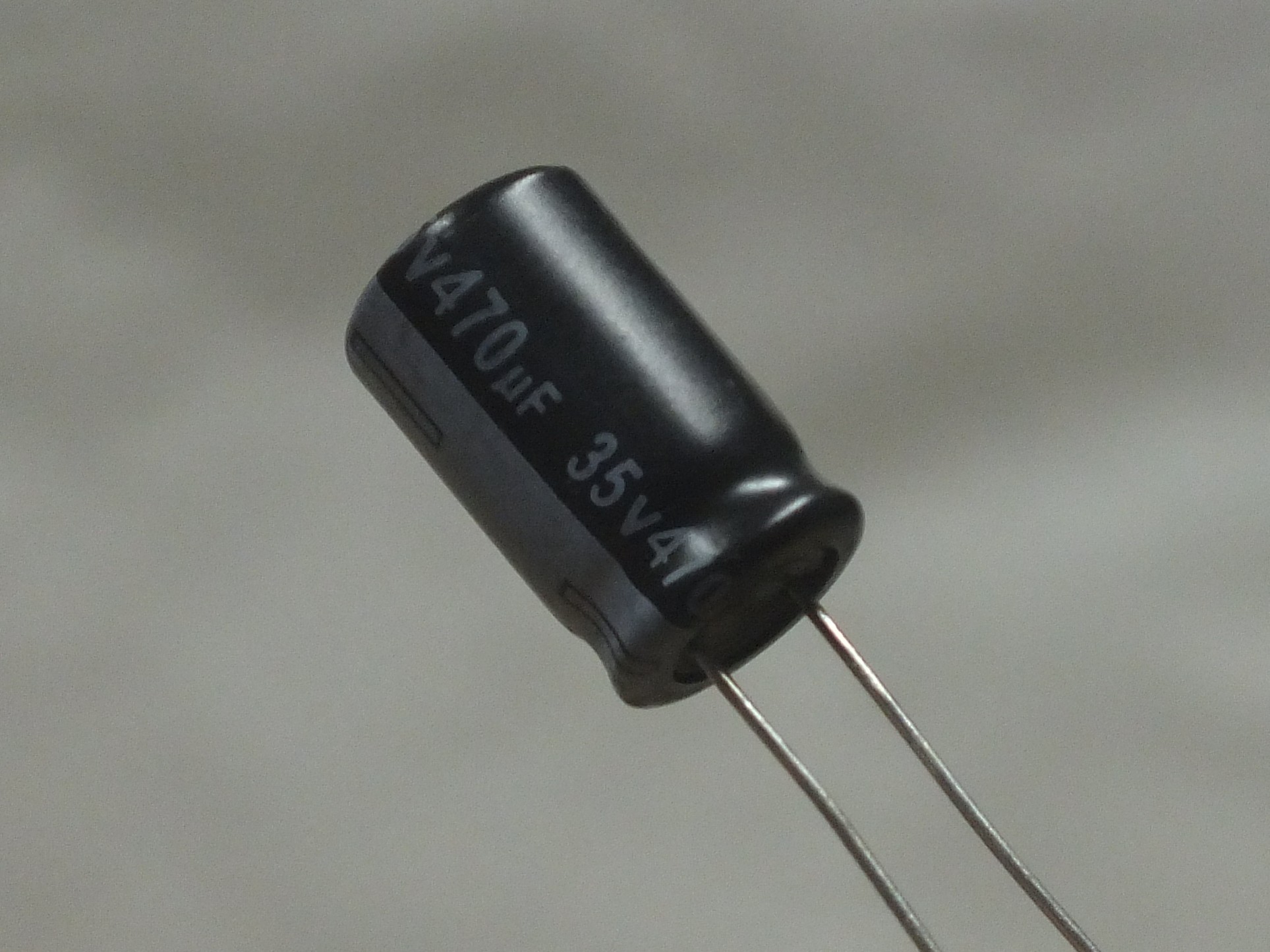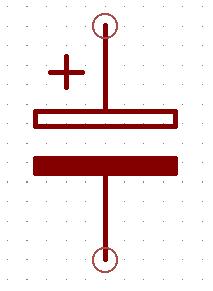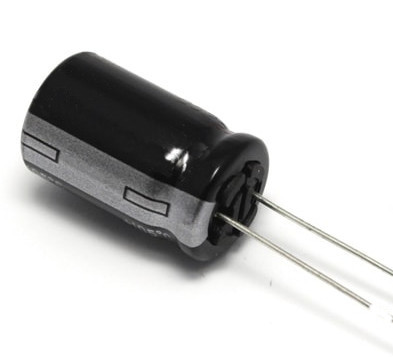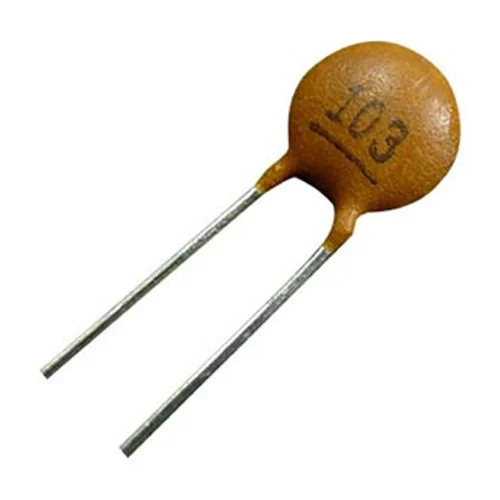Capacitors
Capacitor Basics:

A capacitor is an electronic component that stores electrical energy in an electric field between two conductive plates. Capacitors are commonly used in electrical circuits to temporarily store and discharge electrical energy as needed.
Capacitor values refer to the amount of electrical energy that a capacitor can store and are usually specified in terms of capacitance, measured in units of Farads (F). A Farad is a very large unit, so you will find capacitance values typically from a few picofarads (pF), through nanofarads (nF), to several thousand microfarads (µF).
1000pF = 1nF 1000nF = 1uF1,000,000uF = 1FAlthough there are many different types of capacitor, they can be categorised into polarised and non-polarised types.
Polarised Capacitors



Polarised capacitors, as the name suggests, have positive and negative leads and must be connected the right way round in a circuit to work correctly and avoid damage. Electrolytic and tantalum capacitors are generally polarised with the positive or negative lead clearly marked on the body. In common with other polarised electronic components, the positive lead will be longer than the negative.
Look out for the voltage rating marked on the body of the capacitor - this should not be exceeded. If in doubt, choose a capacitor with a voltage rating higher than the circuit's supply voltage.
Non-Polarised Capacitors



Non-polarised capacitors can be connected either way round.
If you are looking for capacitors to include in your project check out the Bitsbox capacitor section.
